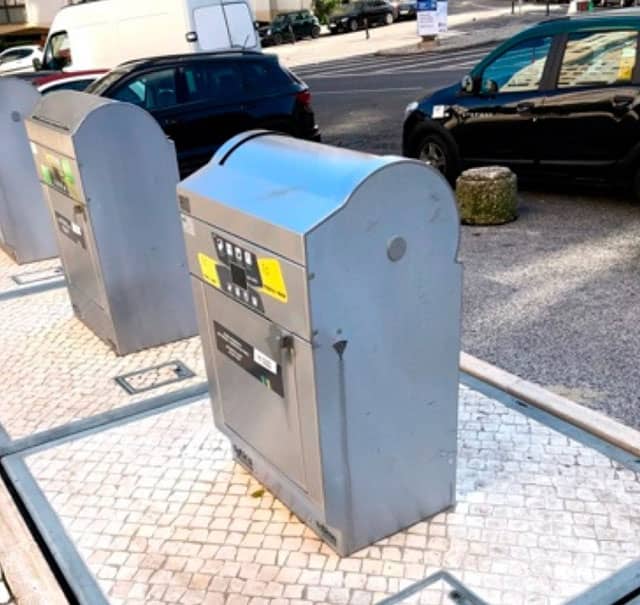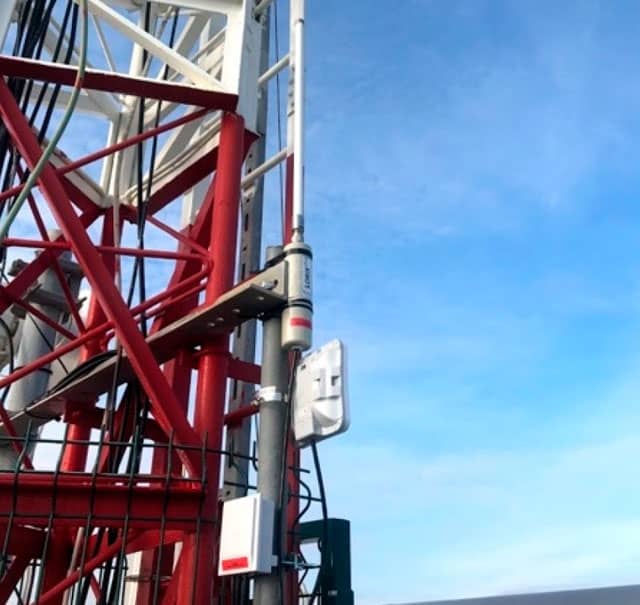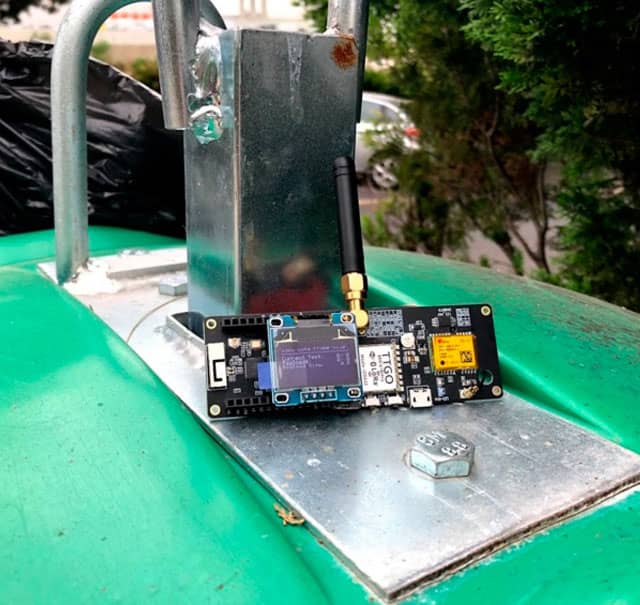LoRaWAN at the Core of a Smart City
Research Results guide Public Tender Rules in Smart Lisbon Network Establishment

LoRa Transmission Successfully Received from Underground Containers at Short and Medium Distance
The Gateways at ISEL received transmission from both sensors in underground containers deployed within short and medium distance. The gateway at Amoreiras did not receive any transmission from the sensors at a long distance. Midway through the trial period, the gateway at ISEL malfunctioned and had to be replaced.
The readings indicate a reliable transmission of data from the sensor in the underground container that corresponds with filling level increasing as indicated by the decrease in distance between the sensor and the waste until this was reset by emptying the container. The high frequency of the readings at spread factor 12 indicates frequent messages being sent from the sensor to the gateway.
The changing spread factor indicates an automatic optimization of the relationship between the signal transmission rate, duty cycle and energy consumption. Lower spreading factors require low amounts of attenuation, however the attenuation caused by the metal surroundings of the underground containers is high, requiring a higher spreading factor.
Signals transmitted from the underground container at Spacio Shopping (medium range, 1 km) to the gateway at ISEL indicate a decreasing reading distance based on filling level, ADR (Adaptive Data Rate) optimizing transmission rate by changing to different spread factors (SF10 to SF12) over time.
Research insights guide Lisbon towards an open LoRa Network
Based on the research by FIT/ISEL, guidelines for public tender rules and the eventual implementation of a city-wide LoRa network were developed. The minimum guidelines finalized by FIT/ISEL were as follows:
- Implementation of at least 15 LoRa-gateways
- 90 % surface radio coverage at an RSSI (received signal strength indicator) above 115 dBm and a Signal-to-Noise Ratio of 5 dB
- 24 Messages sent per day and device.
- Network Service-Level-Agreements
- Provision of an open network server
Implementation and service provision based on these guidelines began in 2021 and is currently being deployed.

LoRa probes were used to determine the signal interference from the container material on both overground and underground containers.
LoRa probes were able to record the transmission interference caused by the material of both overground and underground waste containers as an important metric to define network requirements. It was found that the material of the overground containers had no significant impact on transmission, yielding similar RSSI values on the inside and outside of the container. On underground containers, the RSSI measured on the outside was around 20 dBm higher than on the inside, indicating a significant impact of antenna placement for these containers.





